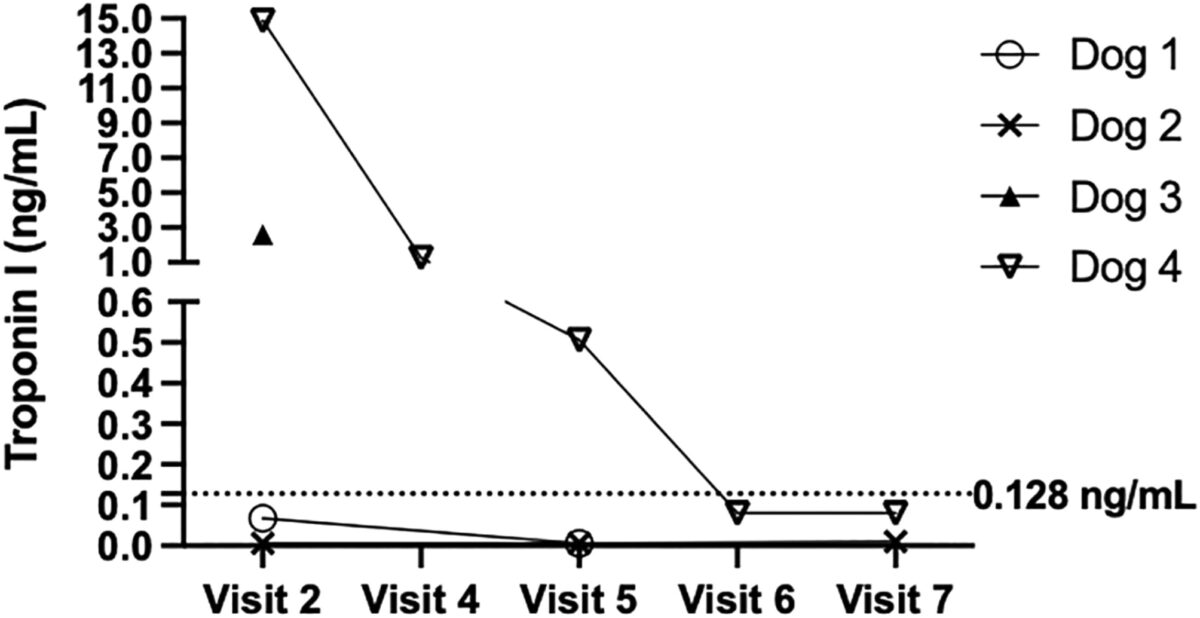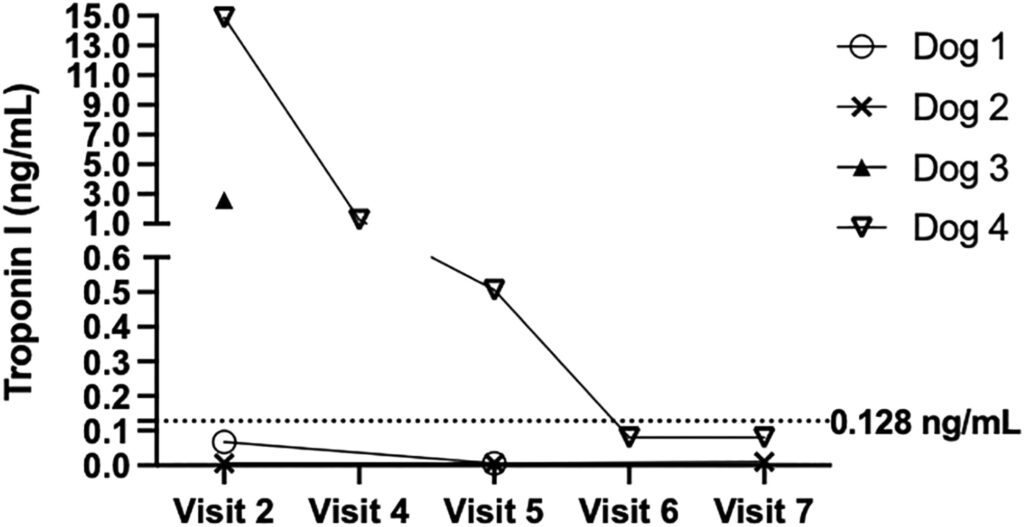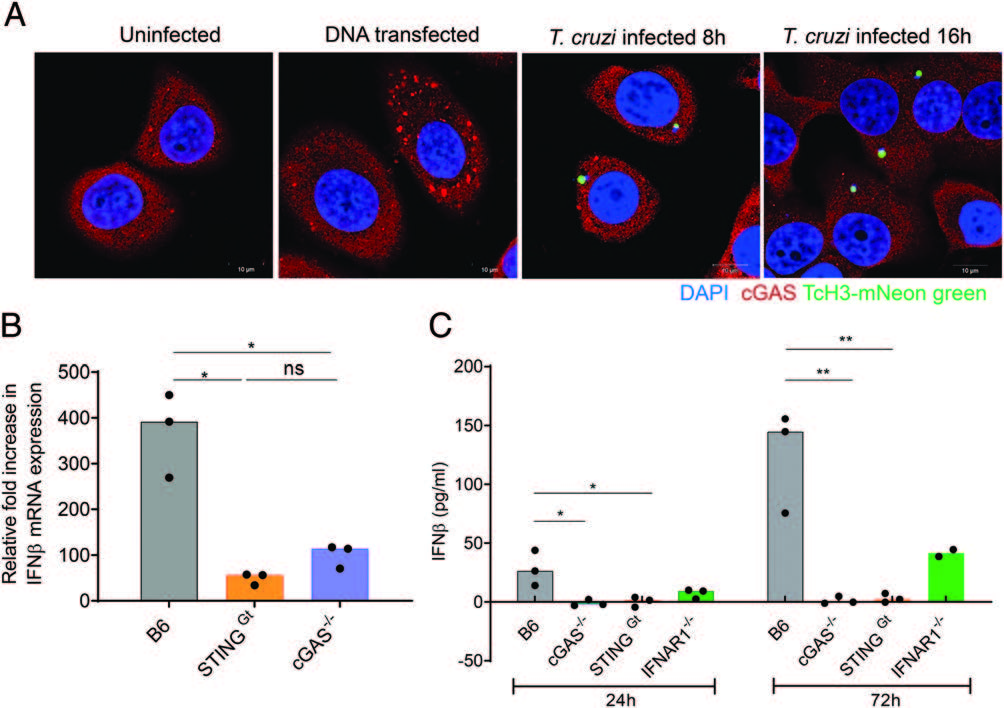The Unfortunate Abundance of Trypanosoma cruzi in Naturally Infected Dogs and Monkeys Provides Unique Opportunities to Advance Solutions for Chagas Disease
Trypanosoma cruzi, the protozoan parasite and cause of Chagas disease, is widely distributed in many vertebrate and triatomine species throughout North, Central, and South America. Variations in housing quality largely determines human infection risk in the Americas. However, the southern U.S. contains widespread, infected triatomine vectors and captive species and domesticated animals with active T. cruzi infection or at high risk of becoming infected and developing Chagas disease. There is a critical need for better detection and intervention strategies, principally focused on human infection throughout the Americas, but mainly in the U.S., for high-value dogs employed in government and other work. In addition to this economic impact, the concentration of largely unavoidable T. cruzi infections in U.S. dogs provides an incomparable opportunity to answer questions related to T. cruzi infection and Chagas disease that are impossible or unethical to address in humans. As the course of T. cruzi infection and Chagas disease, the immune response to infection, and the response to therapeutics are highly similar across the range of mammalian host species, information obtained from studies in other species can directly inform researchers on how to best detect, manage, and treat T. cruzi infection and Chagas disease in humans.
Rick L. Tarleton, Ashley B. Saunders, Bruno Lococo, Maria Gabriela Alvarez Gianni, Susana Laucella, Carolyn L. Hodo, Gregory K. Wilkerson, Sarah A. Hamer. Zoonoses. 2024. Vol. 4(1). DOI: 10.15212/ZOONOSES-2024-0005








